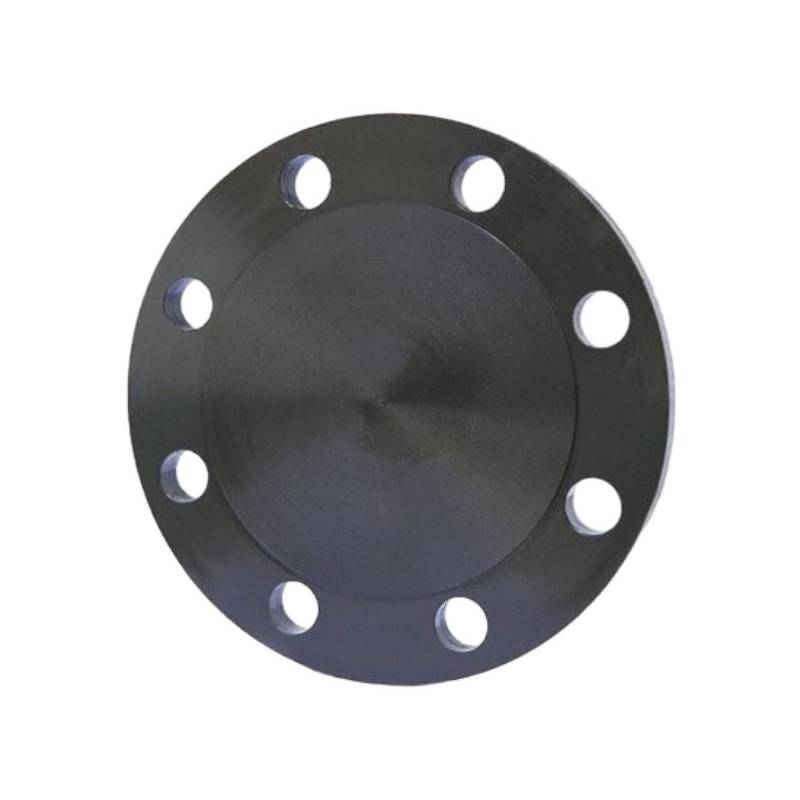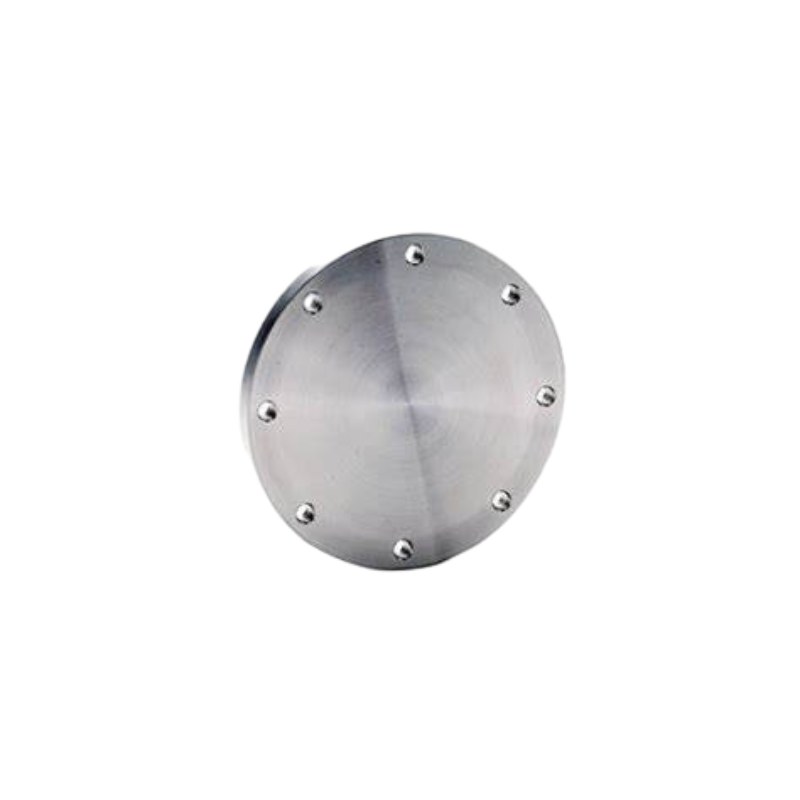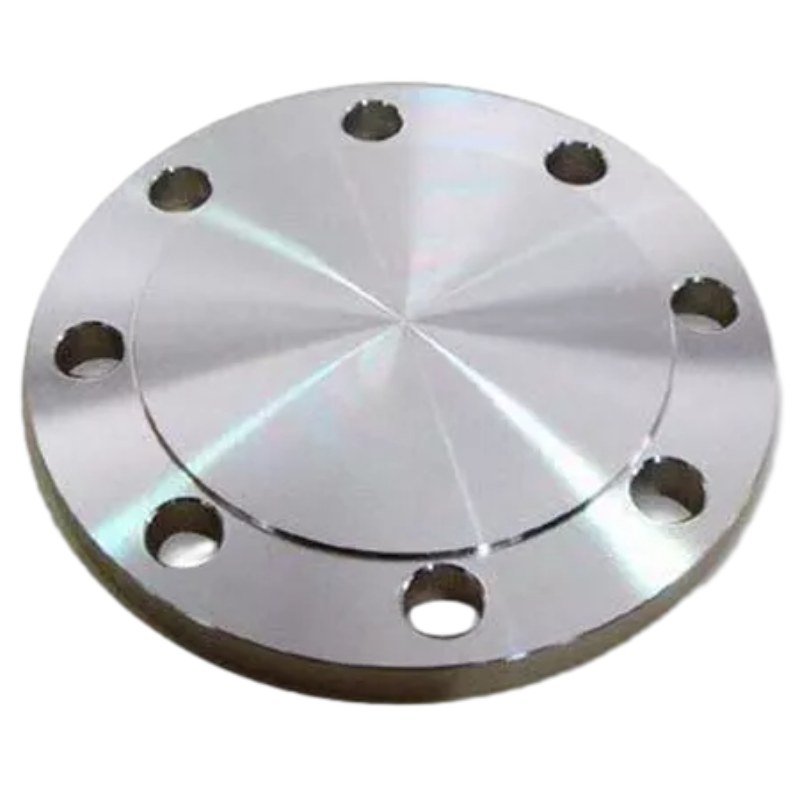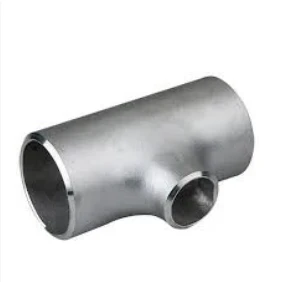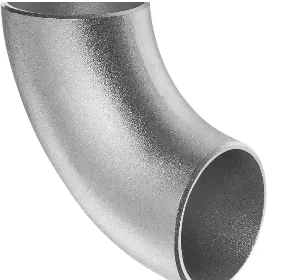-
Design robusto: La flangia cieca GOST 12836-67 presenta una piastra circolare piatta con fori per bulloni uniformemente distanziati attorno al perimetro. Questo design consente un facile allineamento e imbullonatura alla flangia di accoppiamento, fornendo una soluzione di chiusura robusta e stabile per i sistemi di tubazioni.
-
Sigillatura sicura: Quando installata all'estremità di un tubo, la faccia piatta della flangia cieca GOST 12836-67 crea una tenuta ermetica, prevenendo perdite di fluido e mantenendo l'integrità del sistema di tubazioni. Questa capacità di tenuta sicura garantisce prestazioni e sicurezza ottimali, anche in condizioni operative estreme.
-
Applicazione versatile: Dalle raffinerie di petrolio e gas agli impianti di lavorazione chimica e alle reti di distribuzione dell'acqua, le flange cieche GOST 12836-67 trovano applicazione versatile in diversi settori. Che vengano utilizzate per scopi di isolamento, prove di pressione o chiusure temporanee, queste flange offrono affidabilità e durata nei sistemi di tubazioni critici.
-
Costruzione durevole: Costruite con materiali di alta qualità come acciaio al carbonio, acciaio inossidabile o acciaio legato, le flange cieche GOST 12836-67 mostrano resistenza e durata eccezionali. Sono progettati per resistere a condizioni operative difficili, inclusi ambienti corrosivi, temperature elevate e pressione intensa, garantendo prestazioni e affidabilità a lungo termine.
-
Ingegneria di precisione: Le flange cieche GOST 12836-67 sono sottoposte a processi di lavorazione e ingegneria di precisione per soddisfare rigorose tolleranze dimensionali e requisiti di finitura superficiale. Questa precisione garantisce compatibilità e intercambiabilità con altre flange standard, facilitando la perfetta integrazione nei sistemi di tubazioni e riducendo al minimo il rischio di perdite o guasti.
-
Facilità di installazione: L'installazione delle flange cieche GOST 12836-67 è efficiente e semplice e richiede un semplice allineamento e imbullonatura all'estremità del tubo. Le dimensioni e il design standardizzati facilitano la facile integrazione nelle reti di tubazioni esistenti, riducendo al minimo i tempi di installazione e i costi di manodopera.
Caratteristiche principali:
- Design robusto per una chiusura sicura
- Sigillatura sicura con design a faccia piatta
- Applicazione versatile in tutti i settori
- Costruzione durevole per prestazioni a lungo termine
- Ingegneria di precisione per tolleranze strette
- Facilità di installazione con semplice allineamento e bullonatura
Material Selection for GOST 12836-67 Blind Flanges: What You Need to Know
When it comes to GOST 12836-67 blind flanges, selecting the appropriate material is crucial for ensuring functionality, safety, and longevity in various applications. GOST standards, established by the Euro-Asian Council for Standardization, Metrology and Certification, guide the specification of materials to maintain the integrity of piping systems.
Key Considerations for Material Selection:
1. Corrosion Resistance: One of the primary factors in choosing a material for GOST blind flanges is its ability to resist corrosion. Stainless steel (such as 304, and 316) is a popular choice due to its excellent resistance to oxidizing environments. For applications involving aggressive chemicals, alloys like Inconel or Monel are often considered.
2. Pressure and Temperature Rating: GOST blind flanges need to be rated for the specific pressure and temperature conditions they will face. Material selection must align with the service conditions to avoid failure. For high-pressure applications, carbon steel flanges can be suitable, provided they are properly treated or coated.
3. Weldability and Machinability: Depending on installation requirements, the selected material should offer appropriate weldability and machinability. If modifications or on-site fabrication are necessary, choosing materials that can be easily welded is essential.
4. Standards Compliance: Ensure that the materials selected comply with all relevant GOST standards. This not only guarantees quality but also maintains compatibility within the piping system.
5. Cost-effectiveness: While material selection should prioritize performance and safety, cost considerations also play a significant role, especially in large-scale projects. Finding a balance between budget and quality is essential.
Differences Between GOST 12836-67 Blind Flange and Other Flange Standards
When comparing the GOST 12836-67 blind flange with other flange standards, several key differences emerge that reflect the unique characteristics and applications of the Russian standard. The GOST (Gosudarstvennyy Standart) system is a set of regulations and guidelines that govern various industrial products, including blind flanges, which are used to seal off piping systems.
One of the primary differences lies in the dimension and pressure rating classifications. GOST 12836-67 blind flanges are specifically designed according to Russian specifications, with dimensions that may differ significantly from those outlined in ANSI, ASME, or ISO standards. For instance, while ANSI/ASME flanges are typically categorized into nominal pipe sizes (NPS) and pressure classes, GOST flanges feature a unique set of sizes and pressure ratings, making it essential for engineers to select the appropriate type based on regional standards.
Another notable difference is the material composition. The GOST standard emphasizes the use of specific materials that are suited for the harsh Russian climate and industrial requirements. While common materials such as carbon steel and stainless steel are also used in other standards, GOST may specify additional material grades to accommodate unique environmental challenges, including extreme temperatures and corrosive conditions.
Additionally, the manufacturing and testing processes for GOST 12836-67 blind flanges are subject to local industry regulations, which might include stricter quality assurance protocols compared to other international standards. This ensures that the flanges not only meet dimensional specifications but also effectively withstand the pressures and temperatures expected in typical applications within Russia.
In summary, while GOST 12836-67 blind flanges share similarities with other flange standards, their unique dimensions, material requirements, and quality assurance processes set them apart. Understanding these differences is crucial for engineers and designers when selecting flanges for specific applications in diverse geographical locations.








